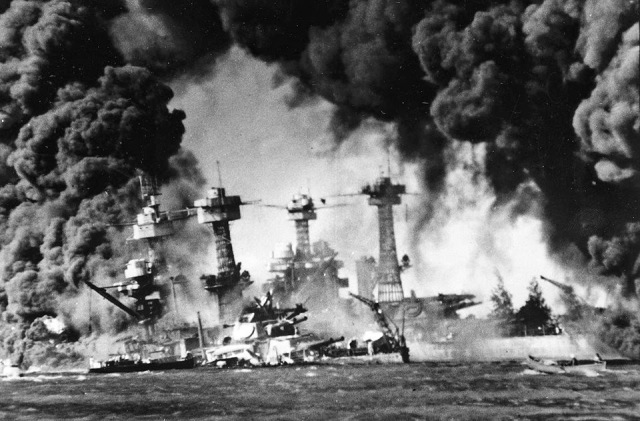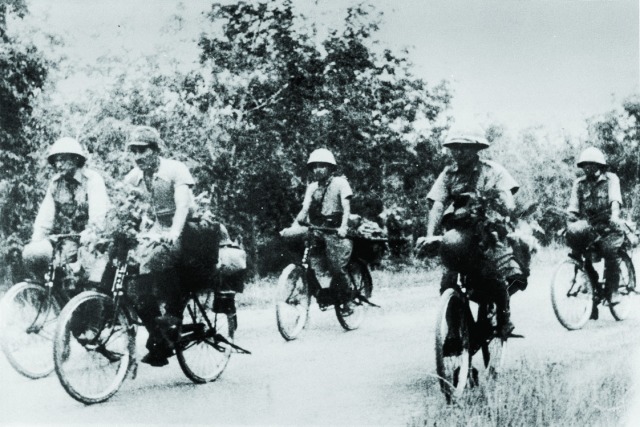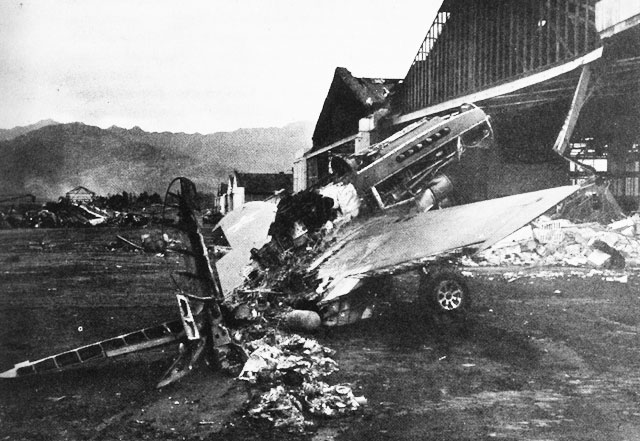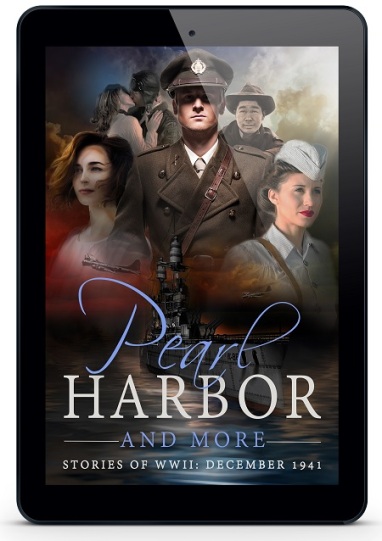 Today, 76 years ago, the Japanese Naval Air Force delivered the opening blow in the war that would set the whole of the Pacific and Indian Ocean ablaze. In a daring attack that only lasted one hour and 15 minutes, the Japanese airmen sank or badly damaged 8 battleships and 11 other vessels, killed 2403 persons and wounded an additional 1178. At a cost of 29 aircraft, 5 midget submarines and 129 men.
Today, 76 years ago, the Japanese Naval Air Force delivered the opening blow in the war that would set the whole of the Pacific and Indian Ocean ablaze. In a daring attack that only lasted one hour and 15 minutes, the Japanese airmen sank or badly damaged 8 battleships and 11 other vessels, killed 2403 persons and wounded an additional 1178. At a cost of 29 aircraft, 5 midget submarines and 129 men.
But traumatic as this attack was, it was only the beginning of a carefully orchestrated assault on what the Japanese military rulers called the “Southern Resource Area”, the incredibly rich British and Dutch dominions of Malaya and Indonesia. With the American Navy removed as a threat, the invasion of Malaya started that same day (the 8th of December on the other side of the dateline). Singapore was bombed during the night of December 8 while at the same time, the first Japanese troops went ashore at Kota Bharu on the Malayan east-coast.

“Blitzkrieg by Bicycle”; Japanese soldiers on commandeered bicycles on their way down the Malayan peninsula
In the Philippines, news of the Japanese attack on Pearl Harbor had alerted the senior commanders. General Lewis H. Brereton had scrambled his P-40 fighters and urgently asked General MacArthur for permission to send his bombers against the Japanese airfleets in Formosa (Taiwan). Scholars are still discussing the inexplicable 4-hour delay between this request and MacArthur’s reaction. By the time he finally approved the request, the P-40’s had landed to refuel, the Philippine airfields were under Japanese air attack and the US Far East Air Force lost about two thirds of its fighters and bombers.

A burnt-out P-40 at Wheeler Field, Philippines
From then on, the whole Allied effort to halt the Japanese forces was a lost battle. They were outmaneuvered and outfought by a numerically and technologically superior enemy that also had established air superiority. It took the Japanese forces 55 days to capture Malaya and most of the Dutch East Indies and force Singapore to surrender. It took them another three weeks to capture Java and demand the capitulation of all Dutch and Allied forces. The fight for the Philippines dragged on until May 12, 1942 when the last US forces on Mindanao surrendered.

General Sir Archibald Percival Wavell (centre) on his way to the surrender ceremony at the Ford Factory at Bukit Tima, Singapore
The real legacy of Pearl Harbor is the momentous side-effect of these staggering victories. In one stroke, the colonial powers that had reigned in South-East Asia for centuries were exposed as being too feeble to defend themselves. And what was left of ‘white’ prestige was swept away when captured westerners were locked up in camps after being ignominiously marched through the centers of major cities, ridiculed and derided by a handful of Japanese guards.
With the foreign rulers locked up behind barbed wire, the flame of independence that had been smoldering for years suddenly leapt up. Within a few years, the British, Dutch and French empires in the east were gone, swept onto history’s rubbish heap. They were replaced by a flock of new nations, trying to find their feet while coming to terms with a whole new balance of power.
December 7, 1941, was a pivotal date in world history. To commemorate this, I and seven other authors have teamed up to commemorate this by writing an anthology of short stories that all have one thing in common: the date.
7, 1941, was a pivotal date in world history. To commemorate this, I and seven other authors have teamed up to commemorate this by writing an anthology of short stories that all have one thing in common: the date.
But they are located all over the world and show the reader a wide variety of what it means living in a world at war.
My contribution is “A Rude Awakening”, a short story that plays in Singapore at the eve and the first days after the Japanese attack. The unbelievable complacent attitude of the British. A rigidly class based society throws garden parties and dines sedately, disregarding the slowly growing number of warning signals.
Suddenly, the underestimated enemy ferociously attacks and the myth of invincibility is shattered forever. This book is available from Amazon as e-Book and in softcover
Interested?
Here’s the link!
https://www.amazon.com/Pearl-Harbor-More-Stories-December-ebook/dp/B01M4L8HGT

I just bought the book.
LikeLike
Thank you Pierre, also on behalf of my fellow authors!
LikeLike
It will be precious…
LikeLike
I am sure I’m going to like it.
LikeLike
Reblogged this on Lest We Forget II and commented:
New book…
LikeLike
Pingback: Need I say more? – Lest We Forget II
I have just received my book!
LikeLike
I hope you like our collective work Pierre
LikeLike
I started with “A Rude Awakening”. I only had time to read a few pages.
LikeLike
Take your time.
Hope you like it.
And, for your information, “A Rude Awakening’ is the first part of a a full size novel I am now writing, called “South, to safety”
Have fun
Robert
LikeLike
Just finished reading.
It was a rude awakening indeed Robert.
I will read it again. The second reading is always the best.
I will also read more on that campaign, and get a feel of what happened although your short story covers much of it. I knew about the Prince of Wales and the Repulse, and also the Brewster Buffalos about which you wrote a very interesting article on your blog.
LikeLike
Glad you lke the short story Pierre.
Have a look at my book “The Java Gold”; it starts in the same period but covers totally different aspects and areas in SE Asia (and other countries)
The best critique I got on this book was “… and excellent story that could have happened…”
Have fun
Robert
LikeLike
Most interesting article here.
http://warfarehistorynetwork.com/daily/wwii/the-sinking-of-the-prince-of-wales-and-repulse/
LikeLike
Thanks Pierre – I read this when I did my research for the story
LikeLike